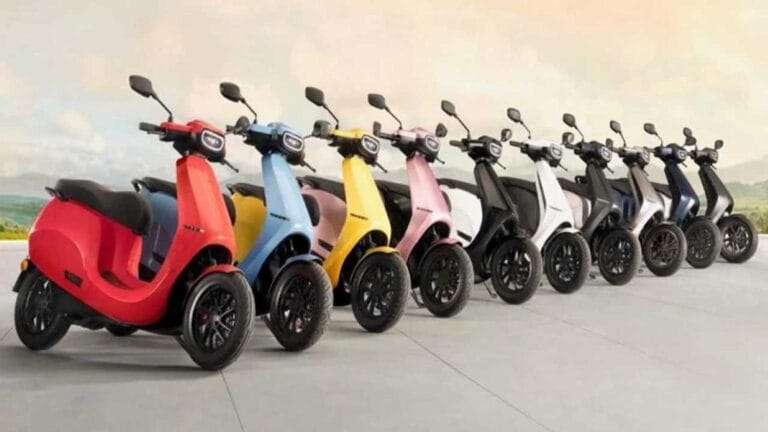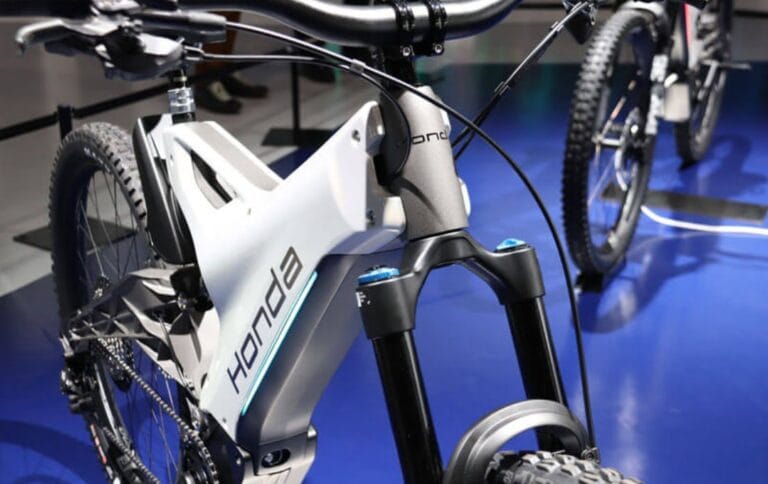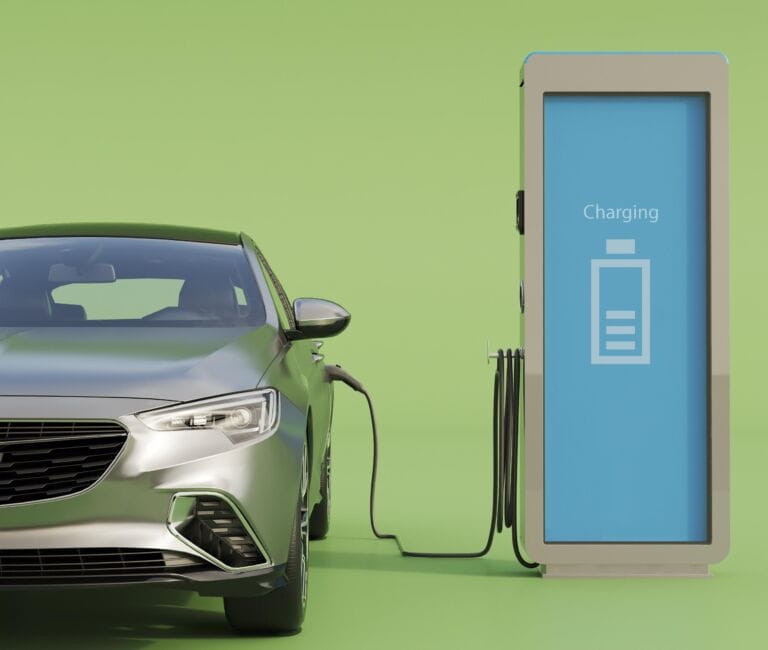
India’s Vision 2030: PM Public Transport Sewa Initiative
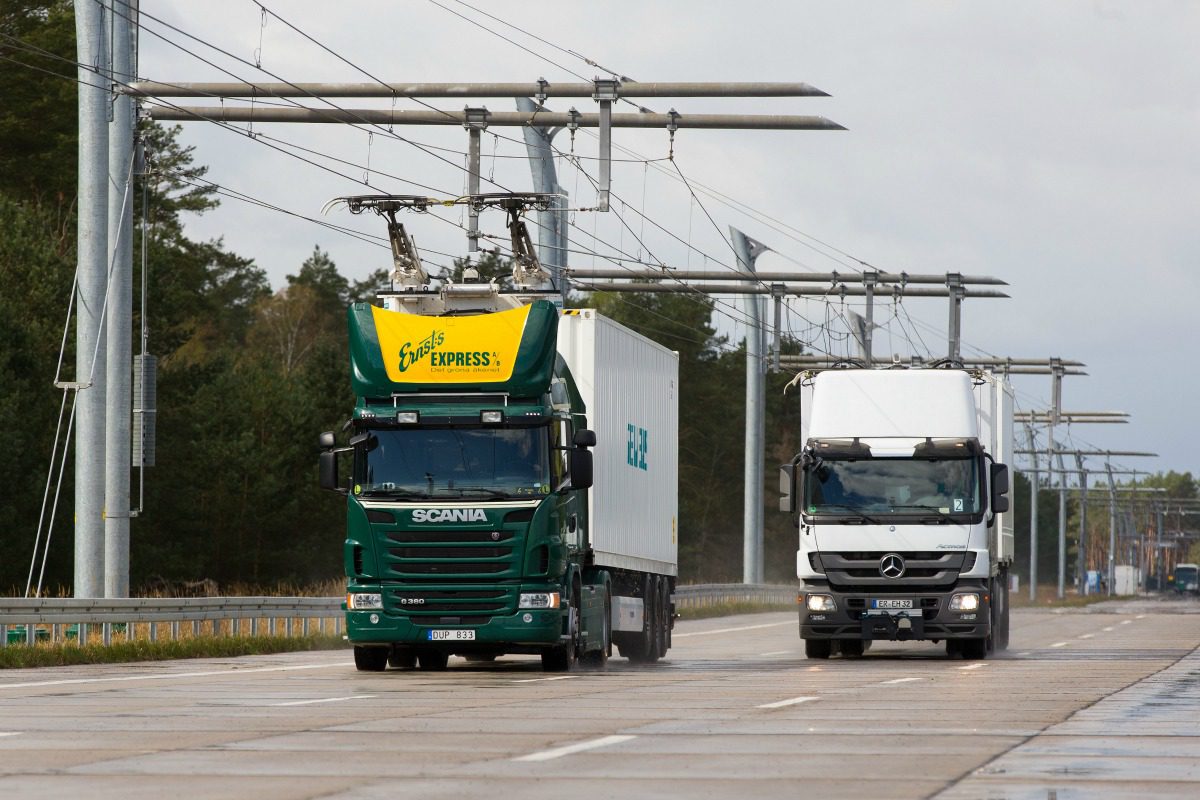
Table of Contents
India is embarking on a transformative journey that aims to reshape its transportation landscape, with a key initiative known as the Vision 2030: PM Public Transport Sewa. This ambitious plan sets the stage for a revolutionary shift toward electric vehicles (EVs) by constructing EV-ready highways along the expansive Golden Quadrilateral network. Spanning across major cities in India, this project intends to reduce fuel consumption, lower vehicular emissions, and promote the adoption of electric intercity public transport systems.
The initiative is poised to contribute significantly to India’s environmental goals while addressing key challenges in the transportation sector. Over the next seven years, the government envisions the development of 6,000 kilometers of highways with robust charging infrastructure powered by renewable energy sources. This plan not only promises to boost the EV ecosystem in the country but also aims to provide a sustainable solution to the rising pollution levels and growing demand for eco-friendly transport options.
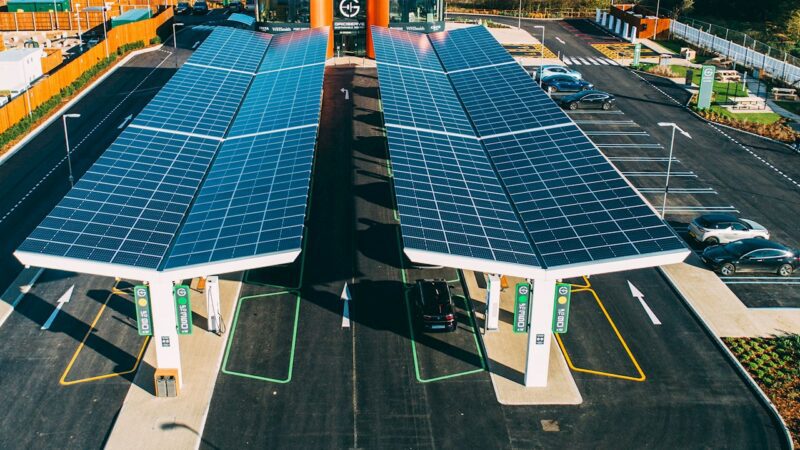
Construction of EV-Ready Highways and Green Energy Infrastructure
A cornerstone of the Vision 2030 initiative is the construction of EV-ready highways across the Golden Quadrilateral, which is India’s longest and most crucial highway network. These highways will be integrated with advanced charging infrastructure, designed to support electric vehicles, and will be powered by green energy sources. This setup is expected to tackle two key issues that have hindered the widespread adoption of electric vehicles: limited range and insufficient charging stations.
By creating a comprehensive network of highways equipped with state-of-the-art charging facilities, the government aims to foster a supportive environment for EV adoption, particularly for intercity travel. The initiative will ensure that electric vehicles can be conveniently charged along the route, reducing “range anxiety” and encouraging more individuals to switch to eco-friendly alternatives for their daily commutes.
The Role of Electric Buses in the PM Public Transport Sewa Plan
In tandem with the development of electric highways, the Vision 2030 initiative also focuses on the large-scale adoption of electric buses. This part of the plan envisions replacing approximately 800,000 old and polluting diesel buses with electric buses by 2030. The replacement will primarily target state transport undertakings, private operators, and buses used for school and employee transportation.
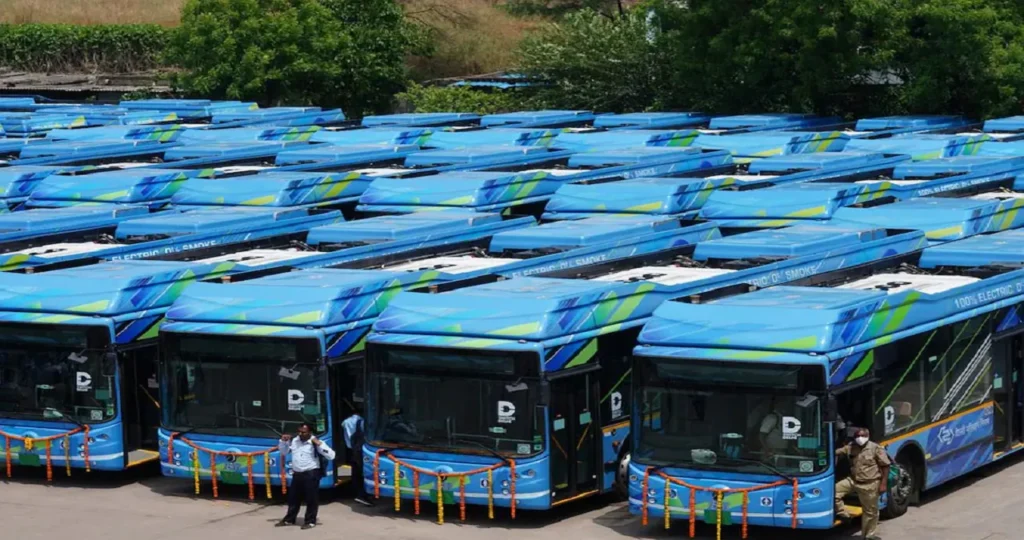
The move to electric buses is essential in reducing emissions from one of the largest sources of urban pollution—public transportation. By transitioning to electric buses, India aims to make intercity and city-based public transport greener, more cost-effective, and environmentally friendly. It will also promote the idea of a complete EV ecosystem, where both private and public transport modes are increasingly electrified.
Funding and Economic Viability of Electric Highways
The Vision 2030 initiative will be funded by both central and state governments, with additional investment from private entities. The Ministry of Road Transport and Highways (MoRTH) has expressed interest in developing electric highways due to their economic viability. The government is exploring various funding models, including the possibility of offering electricity at subsidized rates through the power ministry and allowing private investors to construct electric lines along designated routes.
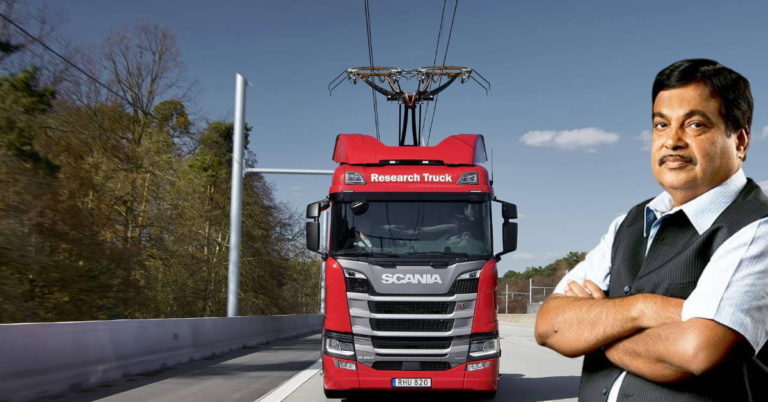
A build, operate, and transfer (BOT) model will likely be adopted for the construction and maintenance of the electrified highways, which will be contracted to private companies. In addition, the National Highways Authority of India (NHAI) may introduce an electric tariff system similar to tolls, ensuring a sustainable financial structure for the ongoing operation of these e-highways.
Global Comparisons and Future Potential
While India is setting ambitious targets for electric highways, it is not alone in exploring this technology. Berlin, Germany, currently hosts the world’s longest e-highway, demonstrating the feasibility of overhead power lines supplying electricity to moving vehicles. India’s plans to replicate this model on its Golden Quadrilateral will help reduce logistics costs, improve transportation efficiency, and contribute to lowering emissions in line with global climate goals, including those set during COP28 discussions.
The construction of these electric highways will be pivotal in creating an ecosystem that can accommodate a growing number of electric vehicles. As India builds this infrastructure, it can look to other countries for best practices, ensuring that the transition to electric mobility is not only feasible but sustainable in the long term.
Challenges and Opportunities
While the Vision 2030 initiative is groundbreaking, several challenges remain. The range of electric vehicles, especially in rural and less developed areas, may still be limited, and adequate charging infrastructure is essential for overcoming this obstacle. The transition from traditional vehicles to electric ones will require substantial investment in both infrastructure and public awareness. Additionally, the challenge of maintaining the quality and reliability of the charging stations will need continuous attention.
Despite these challenges, the benefits of the initiative far outweigh the hurdles. By reducing dependency on fossil fuels and cutting down on harmful emissions, India can play a key role in the global effort to combat climate change. The growth of electric vehicle infrastructure, coupled with the government’s focus on renewable energy, has the potential to make India a leader in sustainable transportation on the global stage.
Conclusion: A Greener, Sustainable Future
The Vision 2030: PM Public Transport Sewa initiative represents a bold step towards transforming India’s transportation system into a sustainable, environmentally friendly network. By constructing electric highways on the Golden Quadrilateral, introducing electric buses, and establishing a comprehensive charging infrastructure, India is laying the groundwork for a greener, cleaner future. This initiative not only supports the country’s environmental goals but also positions India to take a leadership role in the global transition to electric mobility.
With continued collaboration between the government, private sector, and citizens, the ambitious Vision 2030 plan has the potential to revolutionize transportation in India. It offers a glimpse into a future where eco-friendly transportation is the norm, reducing emissions, mitigating climate change, and ensuring a healthier, more sustainable planet for generations to come.


